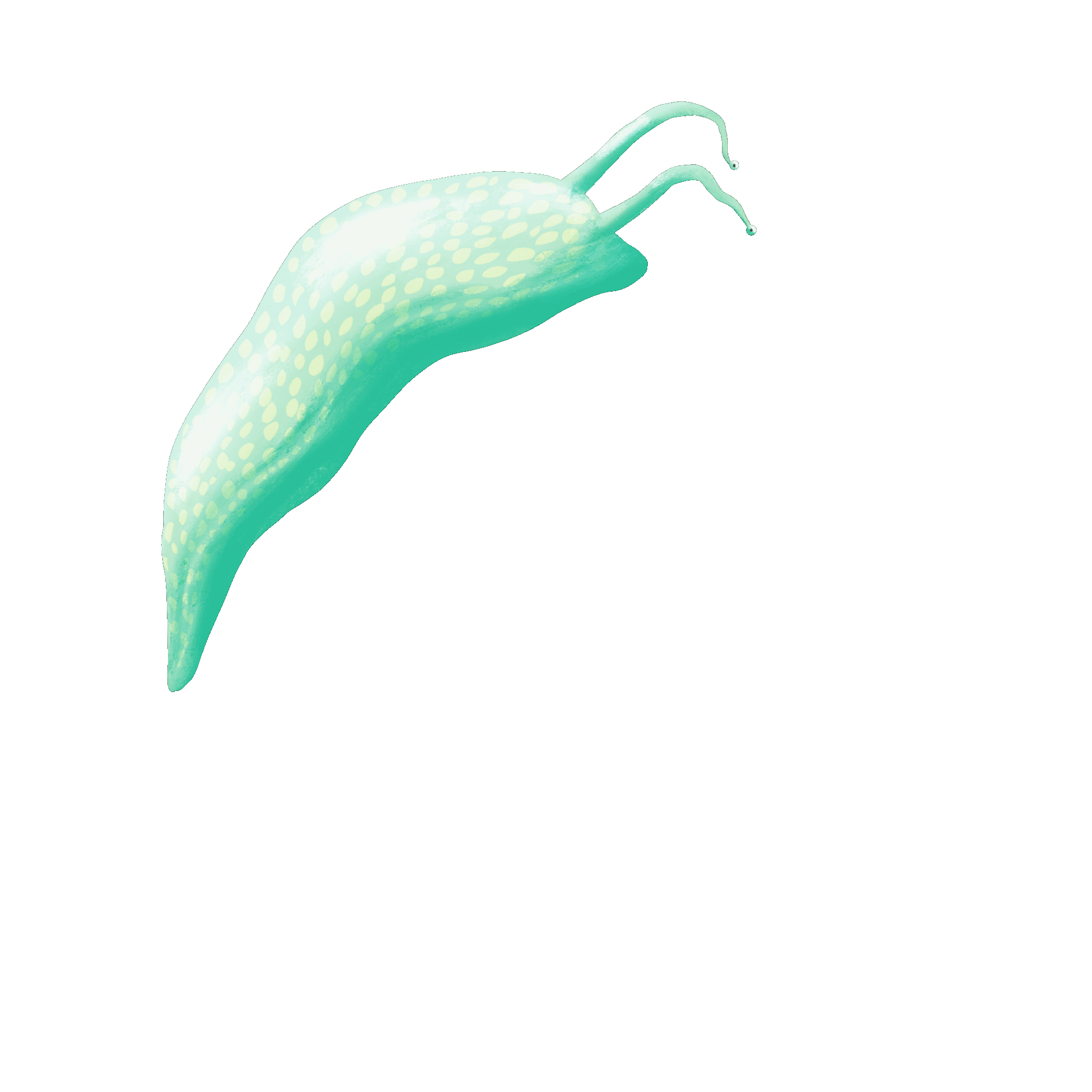10: Modelling, texturing and Evaluation
- Eilidh Nicoll

- Dec 5, 2018
- 2 min read
Updated: Dec 12, 2018
By working from the bottom up, I constructed the Praxinoscope in 3Ds Max by stacking simple geometry and making use of modifiers: plenty of 'stretch,' 'squeeze,' taper, combining volume select and delete mesh (which I picked up from a Lynda tutorial) and boolean processes. The construction wasn't too difficult but required a bit of guess work and some help via online forums - though I'm happy that the result is fairly convincing.
The texturing was done through UV mapping images I'd either taken offline or constructed myself - some needed quite a bit of editing and I combined a couple of different things to give the outside of the barrel a bit of interest. Working out how to get a reflective surface also proved quite difficult; but my renders show that the images are (often) successfully reflected in the mirror. I'd like to get a better grip of editing material properties for a more convincing outcome - and to improve my knowledge of rendering to be able to present my work suitably.
I've been able to combine my interest in traditional techniques of animation with a modern approach to 3D modelling, and have produced a model that - should I wish to use it - could be a prop in a film or be animated itself.
While I had liked the idea of making something more organic and purely of my own design, I've enjoyed getting to know the praxinoscope and it's been a valuable experience in learning the basics of 3D modelling and improving my confidence. If I were to continue, I'd feel more comfortable in branching out into less rigid, more organic objects or exploring the potential for character and scene design.







































Comments